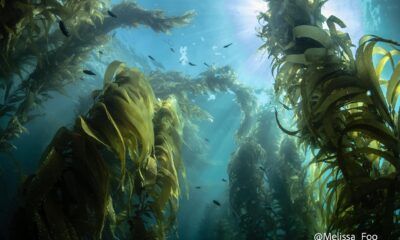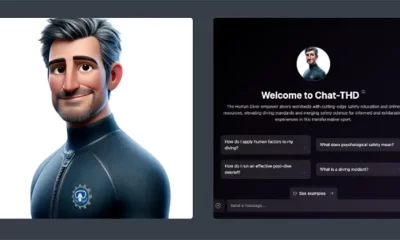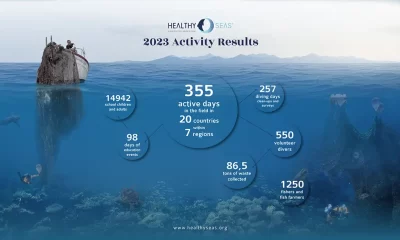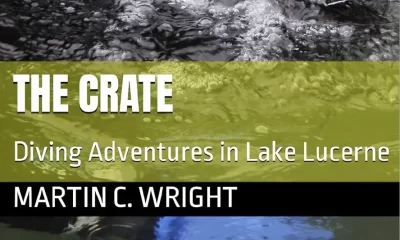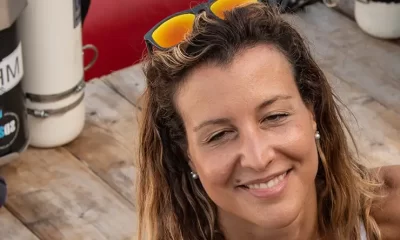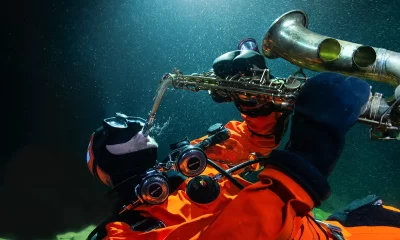Art
Bringing Shipwrecks to Life
Text and images by Becky Kagan Schott
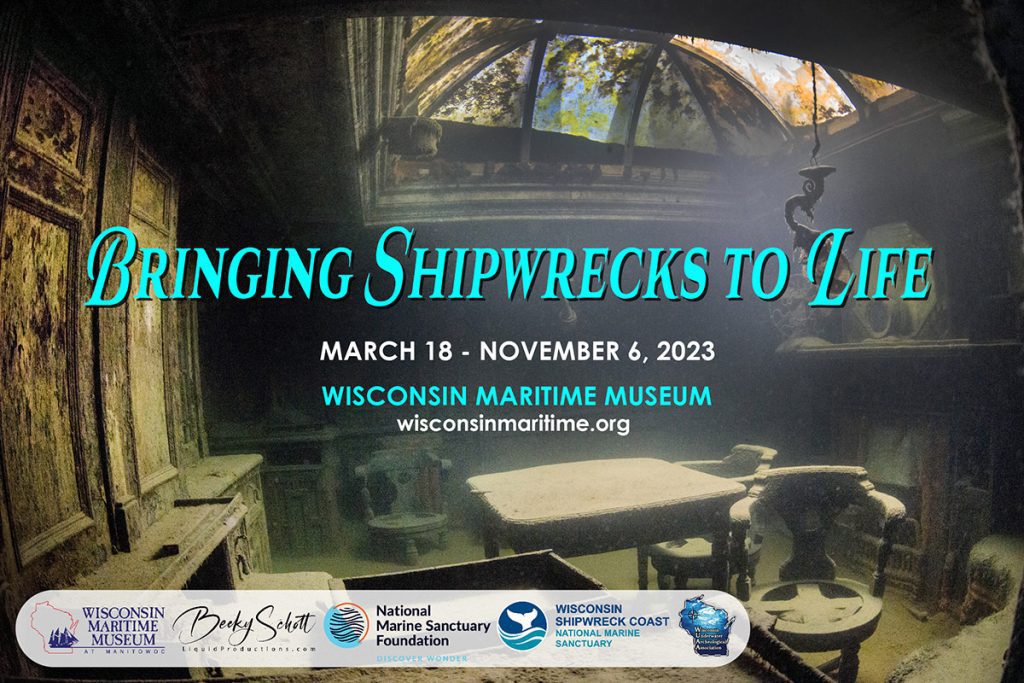
Exhibition Opening Date: March 18, 2023
Presentation & Event with Becky at Museum : April 29th 2023
After 13 years diving and documenting shipwrecks in the Great Lakes, Becky Kagan Schott is proud to announce she’ll have an exhibit called “Bringing Shipwrecks to Life” at the Wisconsin Maritime Museum opening March 18 2023. Becky will be at the museum in Manitowoc on April 29th for a VIP even and April 30th for a public event from 1-4pm to introduce the exhibit to the public.
The exhibit features fifty of Becky’s shipwreck images from around the lakes. They feature types of wrecks from wooden schooners and steamers to steel freighters, showcasing some of the most intact and haunting wrecks in the world. The exhibit will also provide screens, so the public can explore her shipwreck photogrammetry of several wrecks, along with display cases containing artifacts and 3D prints from the photogrammetry by David Schott. To Becky, it’s exciting to bring together history, technology, art, and exploration that will hopefully inspire others and highlight the powerful stories and the beauty of the Great Lakes.
The Great Lakes is one of the best shipwreck diving locations in the world. These inland seas have claimed thousands of ships over the centuries, and each wreck has a story to tell. I travel and dive all around the world photographing some of the best locations, but the Great Lakes draws me back every summer since 2010. These magnificent wrecks continue to inspire me and ignite my imagination like no other. The cold fresh water preserves them remarkably well, so diving them is like plunging back in time and visiting another era. I’ve never felt closer to history than when diving here.
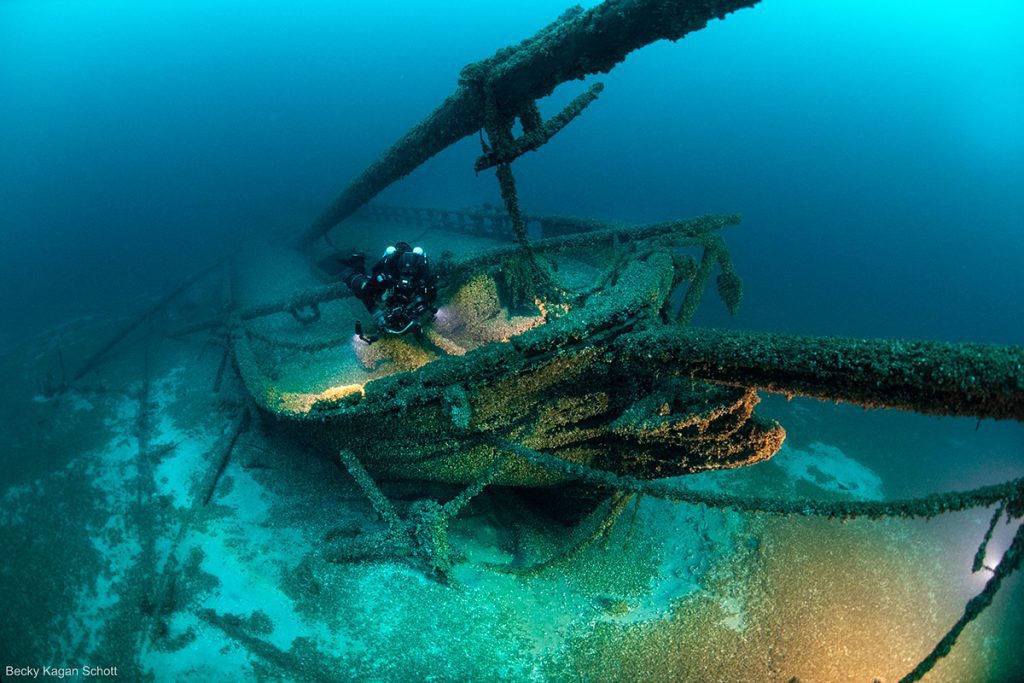
These shipwrecks have become my biggest passion. I love learning their histories, and there is no feeling like diving a newly discovered find. There are challenges: It’s taken me decades to perfect advanced diving skills, develop my lighting techniques, and the photographic style to be able to capture images that express what I experience. I want to convey what I feel through my photography; sometimes that is eerie, sometimes intrigued, and sometimes how otherworldly the experience is in these places. Shooting in the Great Lakes is cold, dark, and challenging, but those kinds of challenges excite me. I’m working to capture both still imagery and video in a way no one has ever seen before and always pushing myself to be more creative and to experiment with different technology like photogrammetry, striving to bring shipwrecks to life and showcase them to the public.
There are thousands of ships to explore, from wooden schooners to steel freighters. Many foundered in collisions with other ships, or succumbed to fire, ice, or violent storms. I cannot help but feel a human connection when I hear the powerful tales of tragedy, courage, mystery, and survival. When I see artifacts left behind, especially personal items, it reminds me that people once walked these very decks. When I see a ship’s name painted clearly on the stern, or cargo holds containing antique automobiles, shoes, train cars, or even a 95-year-old box of Life Savers candies, all frozen in time, history comes alive in those moments.

I’m attracted to the wooden schooners that have masts standing 90 feet tall with rigging still attached. They almost appear as if they are still sailing on the lakebed. Sometimes I have to lower my camera and look up at the shipwreck with my own eyes because it’s hard to believe it’s real. To peer inside a wheelhouse and see a wheel still in place, to see tool benches, telegraphs, and gauges inside engine rooms, to see dishes stacked up in a galley cabinet, shoes abandoned on the floor, light bulbs in lamps or a bell still in place, these are the experiences that leave me speechless.
Each year a few new wrecks are discovered. These finds fuel my appetite to explore even more, to keep capturing and sharing the powerful stories through powerful images. My hope is to inspire others to learn and to discover a past that is hidden just beneath the surface of the Great Lakes.
If you’re in Wisconsin from March 18- November, stop by the museum and check it out!
Wisconsin Maritime Museum: Up & Coming Exhibits
Beckys website : Liquid Productions
Instagram: @becky_kagan_schott



















